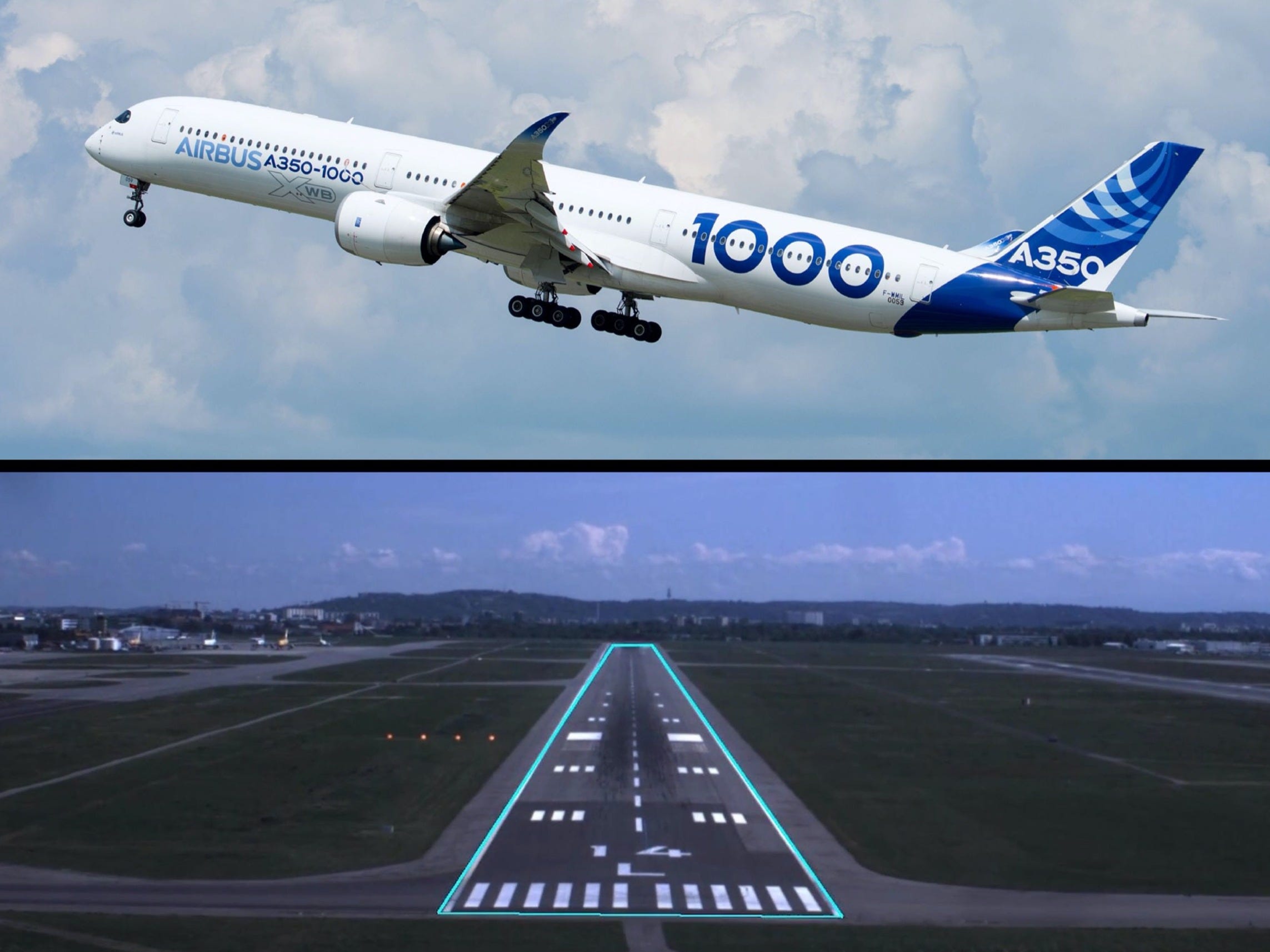- Airbus just completed its Autonomous Taxi, Take-Off, and Landing project that saw one of its jets perform normally pilot-flown maneuvers entirely on its own.
- The A350-1000 XWB acted as the testbed for the project in its role as Airbus’ flagship, with onboard cameras assisting the new technology.
- The project’s successful completion opens the door for fully autonomous flights as autopilot already handles most of the functions while airborne.
- Visit Business Insider’s homepage for more stories.
The common belief with airplanes is that they fly themselves after take-off thanks to autopilot, and pilots can sit back and relax for most of the flight. But Airbus just took that idea to the next level after proving a passenger jet can perform complex maneuvers without any pilot input.
The European manufacturer just completed flight testing for its Autonomous Taxi, Take-off, and Landing project in June after its flagship aircraft successfully navigated each phase of flight on its own as pilots simply watched.
Over 500 flights were conducted with the new Airbus A350-1000 XWB that successfully utilized “image recognition technology” to essentially give the plane a pair of eyes. The technology, integrated with the A350’s exterior cameras, allowed it to perform the phases of flight entirely on its own, Airbus announced.
The first milestone of the flight testing campaign occurred in December when Airbus was able to successfully demonstrate autonomous take-offs from Toulouse-Blagnac Airport in France. All pilots had to do in the first test was line up the plane with the runway and then sit back and watch as the plane barreled down the runway, lifting off on its own.
With Airbus proving that its jet can also land and taxi on its own, the door is now open to fully autonomous flights.
Take a look at how Airbus was able to do it.
Airbus began the autonomous flight testing program – known as the Autonomous Taxi, Take-off, and Landing project or ATTOL – in 2018.
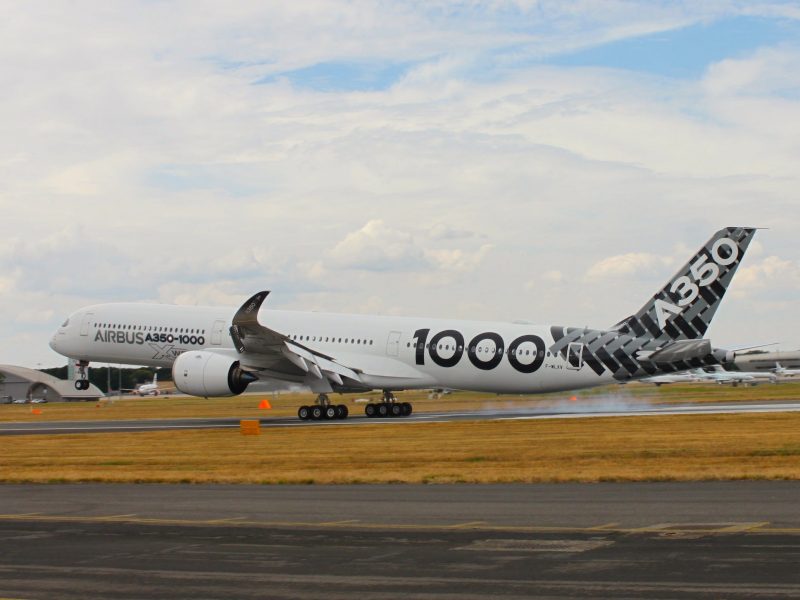
Source: Airbus
One of its newest jets, the Airbus A350-1000 XWB, was chosen to be the testbed for the project thanks to the advanced technological features of the aircraft.
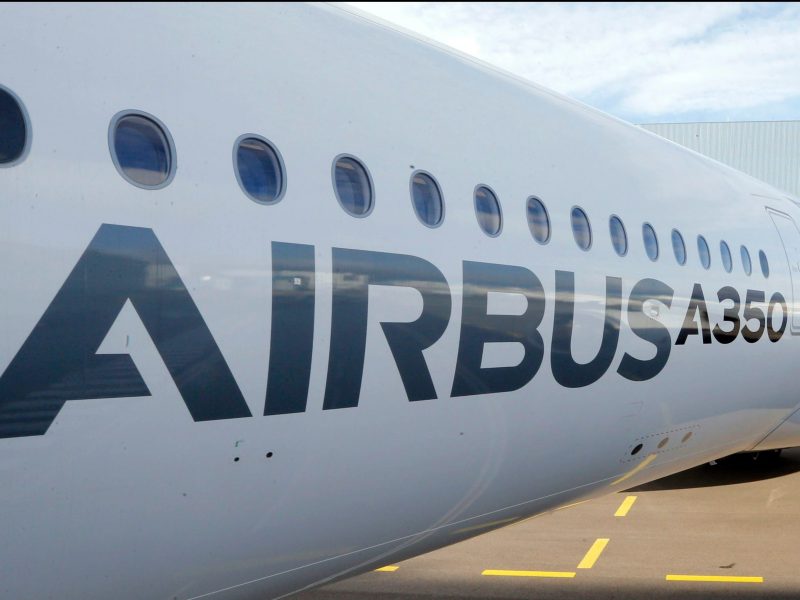
The program would rely heavily on the A350's onboard cameras used by pilots to help guide the plane while on the ground, providing viewpoints from the tail and landing gear.
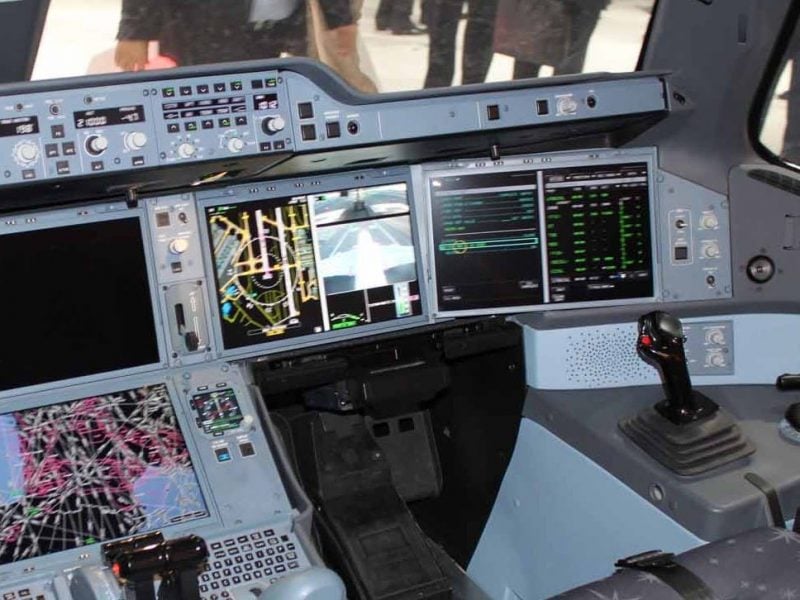
Even passengers can access them for a unique view of take-off and landings, a reprieve from the standard onboard programming of TV shows and movies.
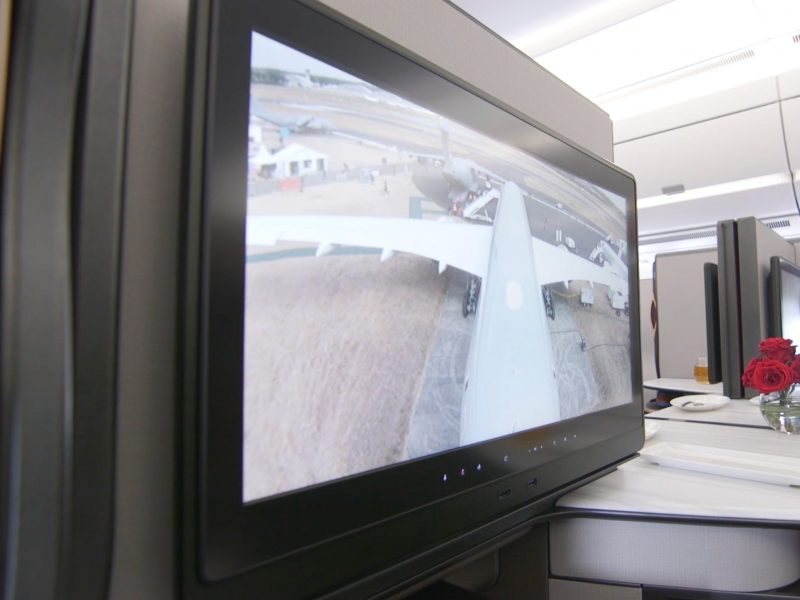
Airbus integrated the camera system with the new tech to give the plane eyes, essentially, and allow it to see the runway and taxiways.
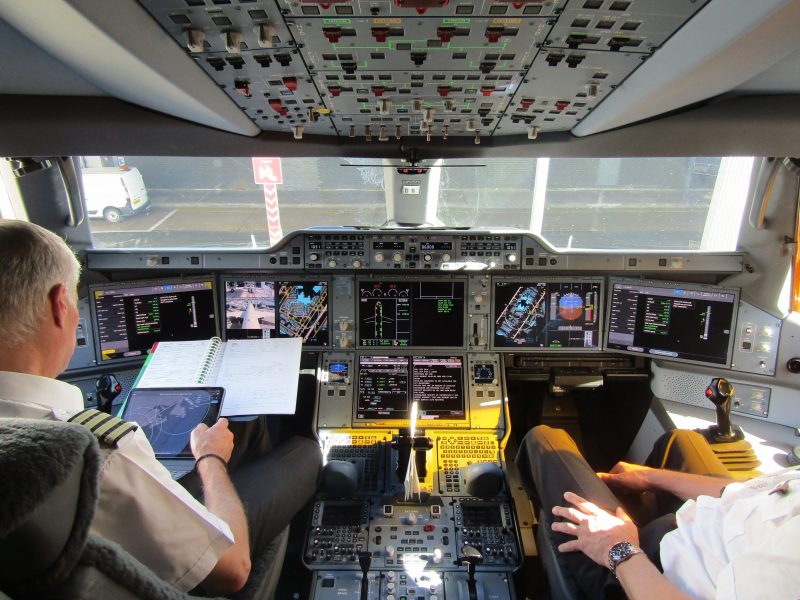
The first success autonomous test occurred in December with an automatic take-off performed using the new technology.
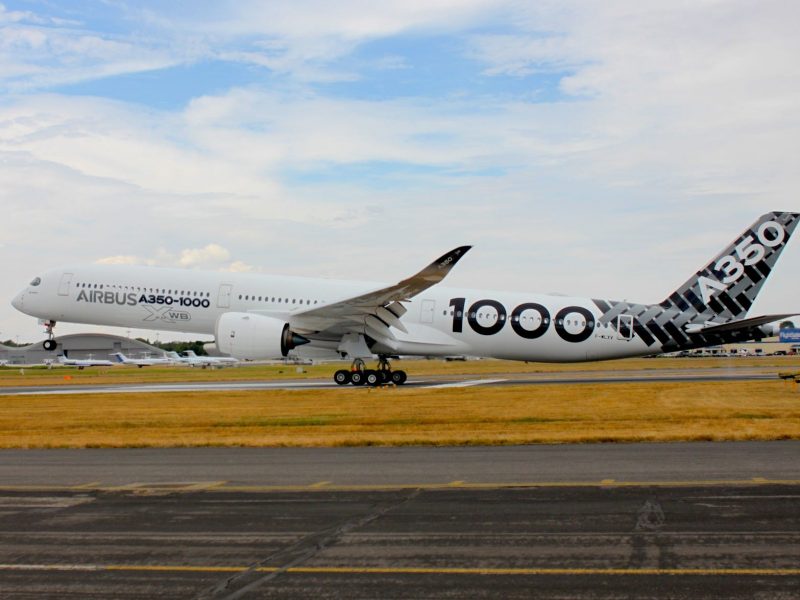
Pilots just had to line the plane up and then the jet took over, navigating independently as it accelerated down the runway and lifting off at the appropriate time.
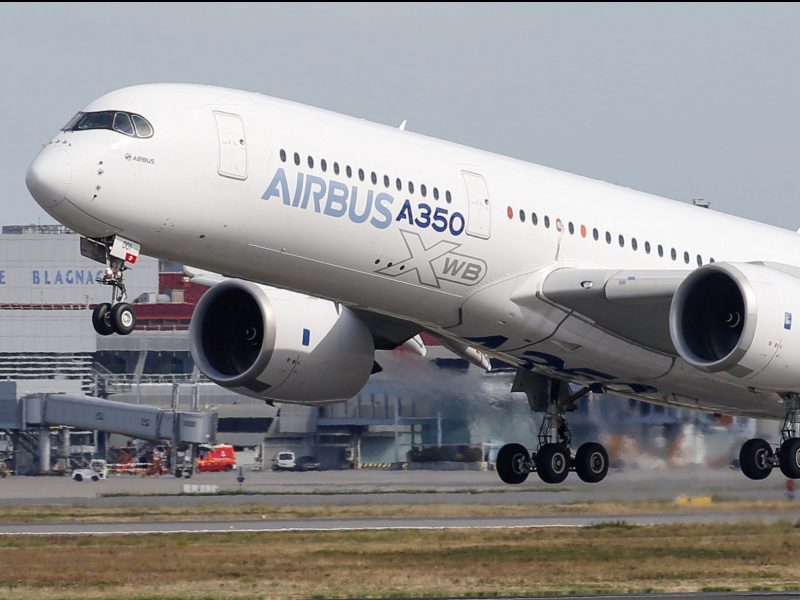
Any number of factors – including wind – can knock a plane off-course during take-off and the pilot has to correct the plane's heading when it does. But that wasn't the case here as the airplane did all the work.
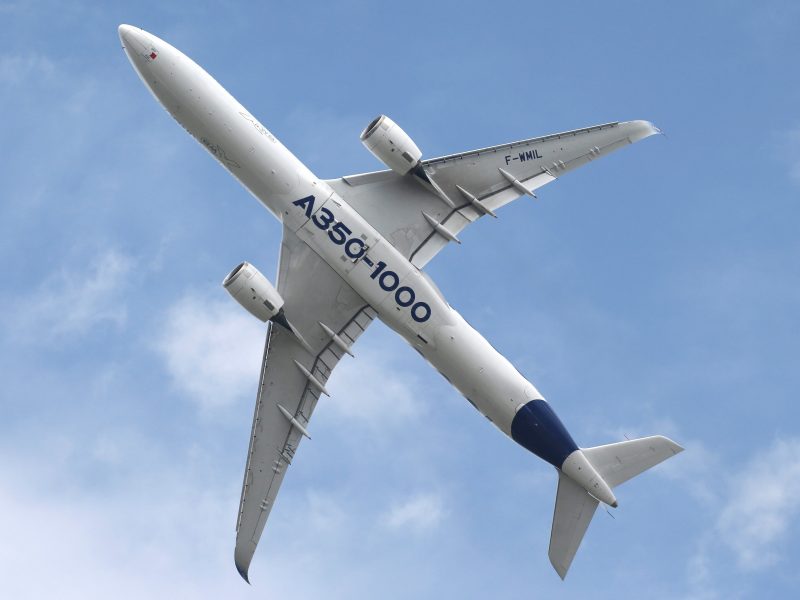
Here's the view from the cockpit with the captain's hand only hovering over the controls and not providing any input.
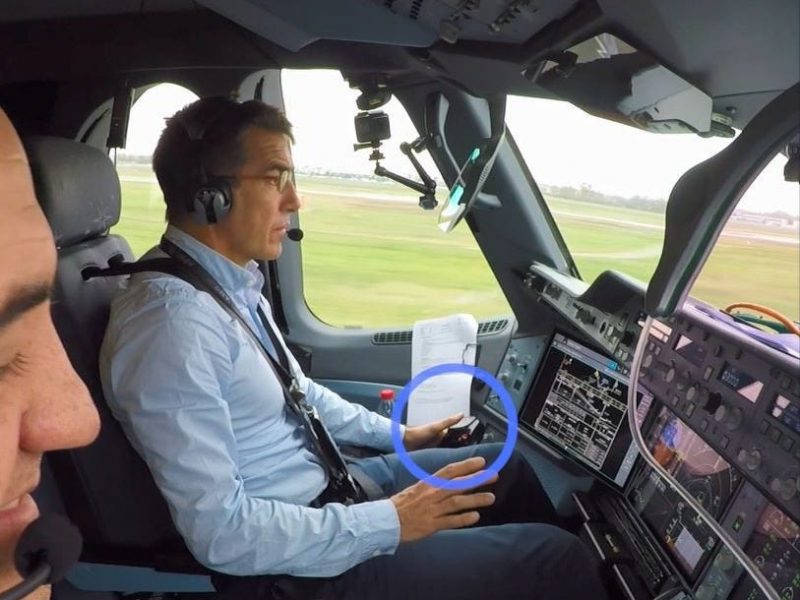
Once take-offs were nailed down, it will time to teach the jet how to land on its own.
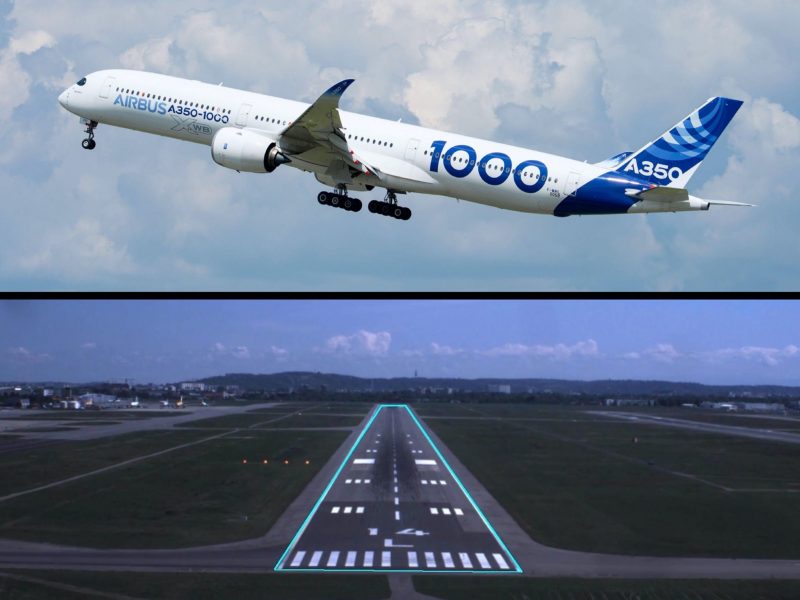
Nearly all passenger jets can land with a high degree of automation thanks to GPS and radio signals providing information but these autonomous trials would have the airplane do all the work, independent of existing infrastructure.
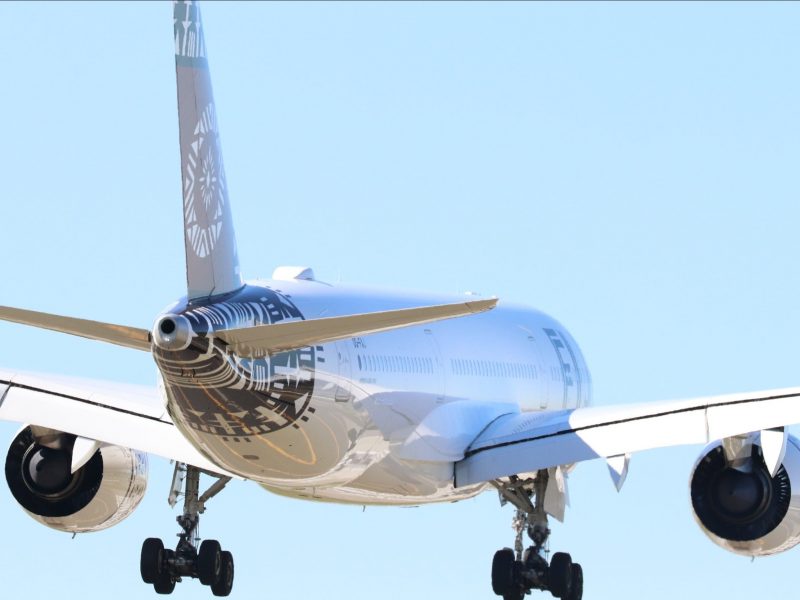
Source: Airbus
A total of 30 landings were achieved autonomously across six flights, with Airbus declaring victory on the program after performing over 500 flights to collect data and demonstrate the viability of the technology.
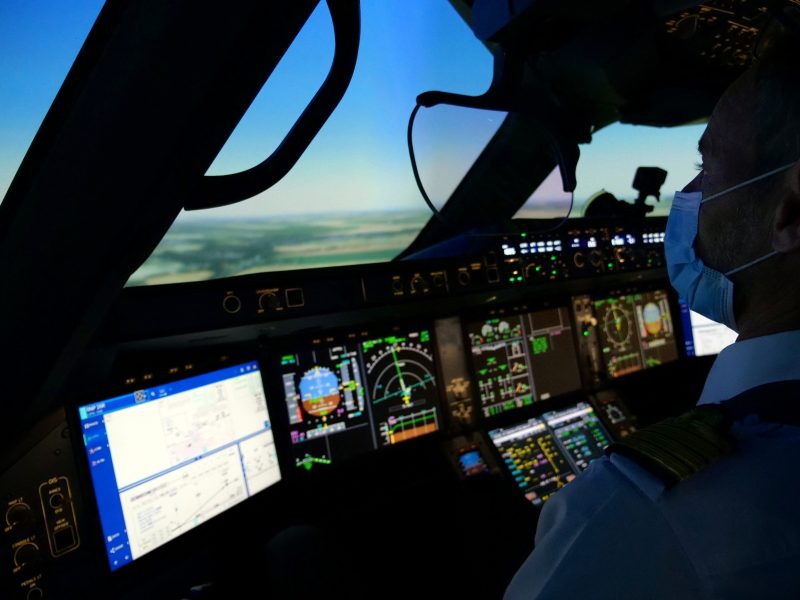
Source: Airbus
Airbus has also successfully completed autonomous taxi tests, a difficult task as taxiways are less easily identified than runways and taxing has always been a responsibility of the pilots due to the complexity of the test, even of the ground.
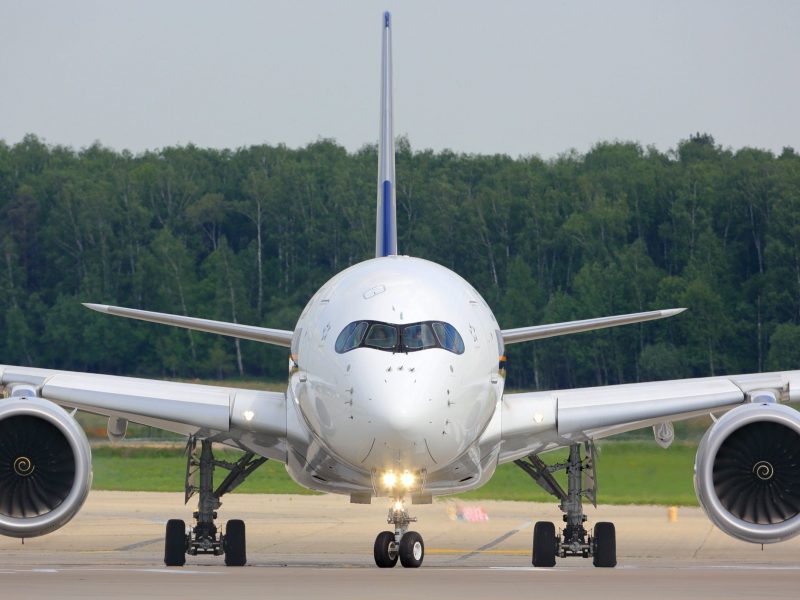
Source: Airbus
The new technology could revolutionize how airlines operate their planes, especially as the A350 is growing in popularity and is in the fleets of countless airlines such as Fiji Airways...
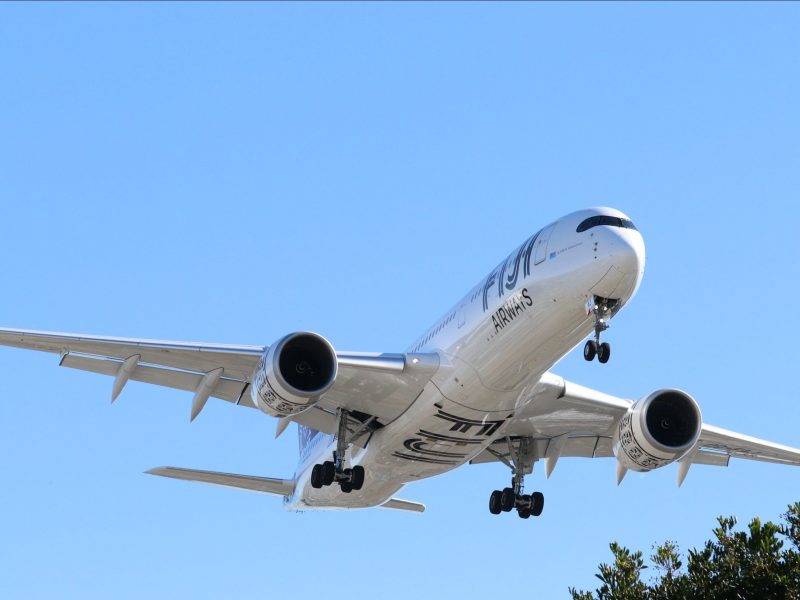
Virgin Atlantic Airways...
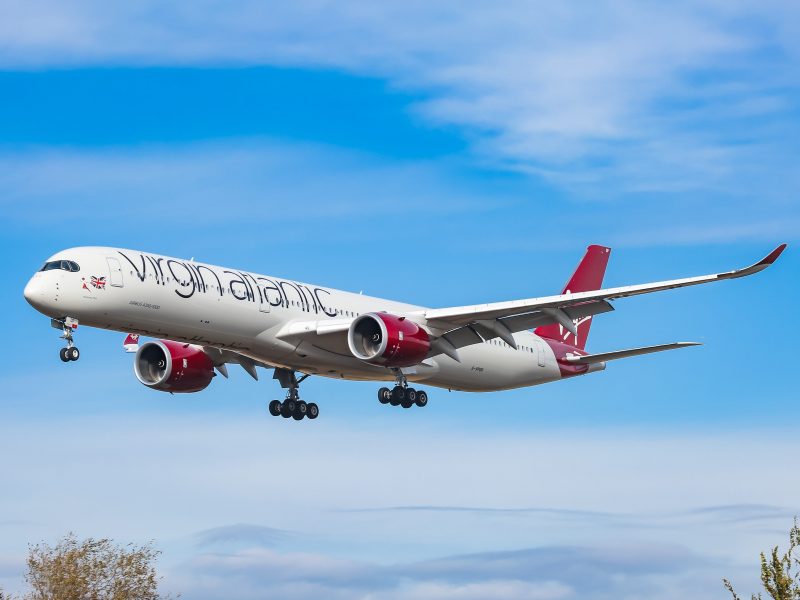
British Airways...
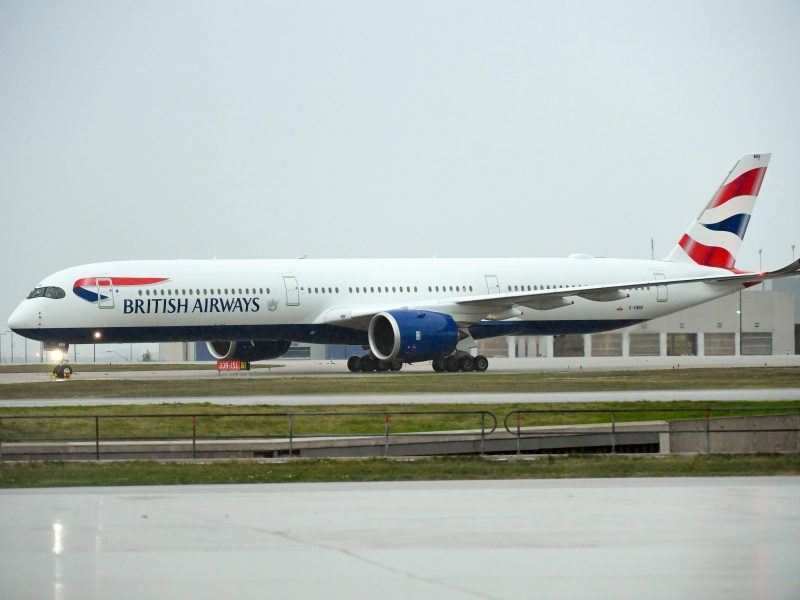
Cathay Pacific...
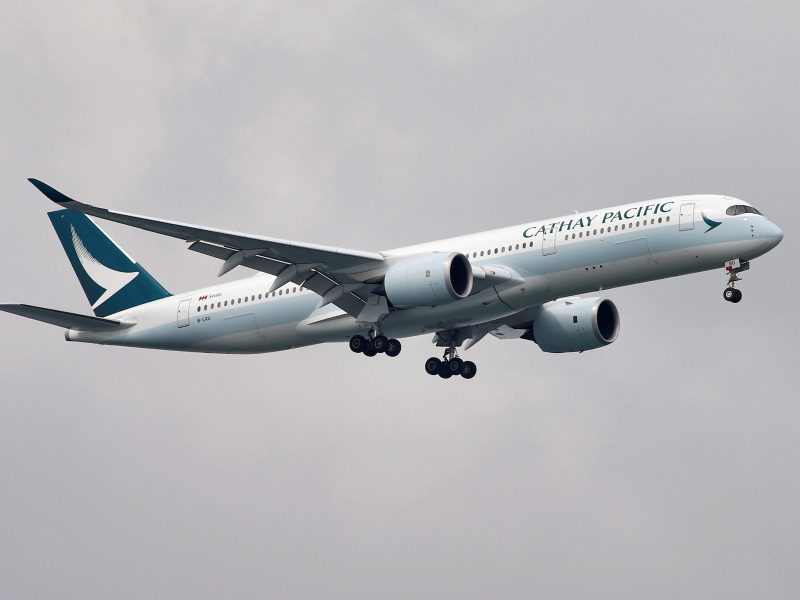
Delta Air Lines...
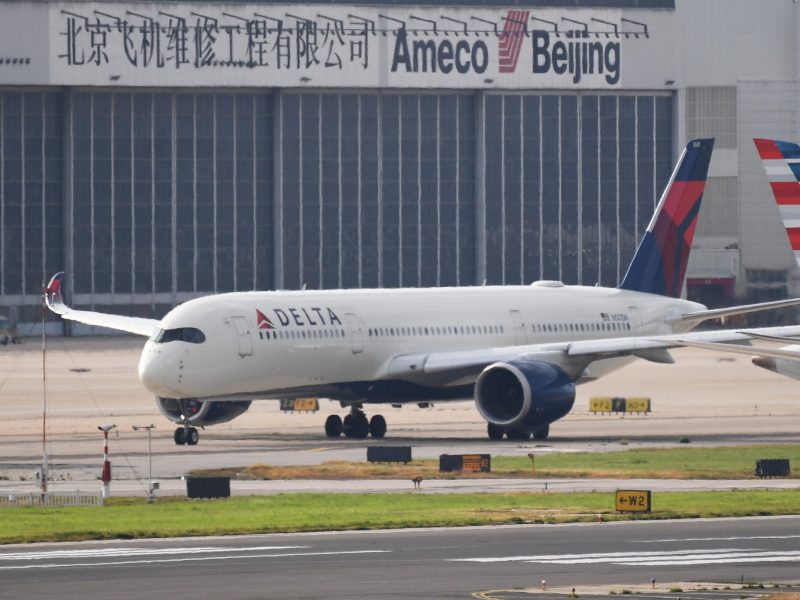
Air France...
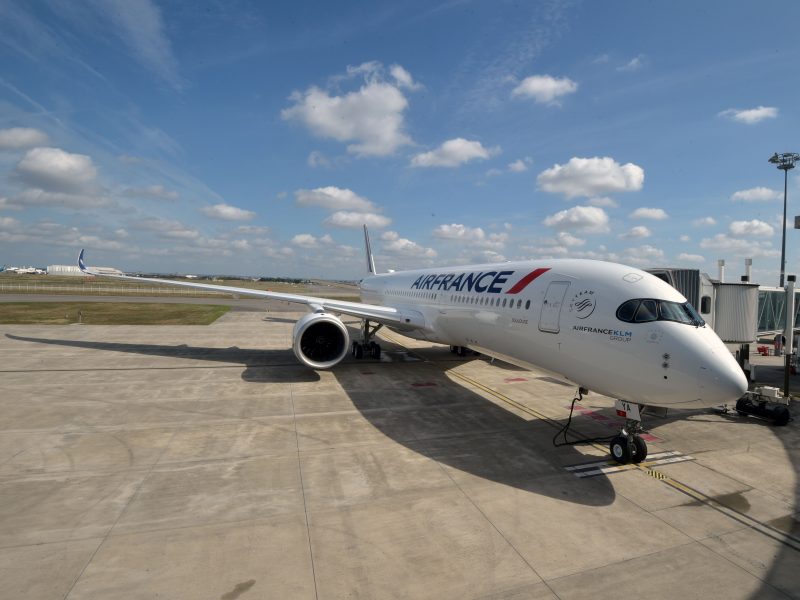
South African Airways...
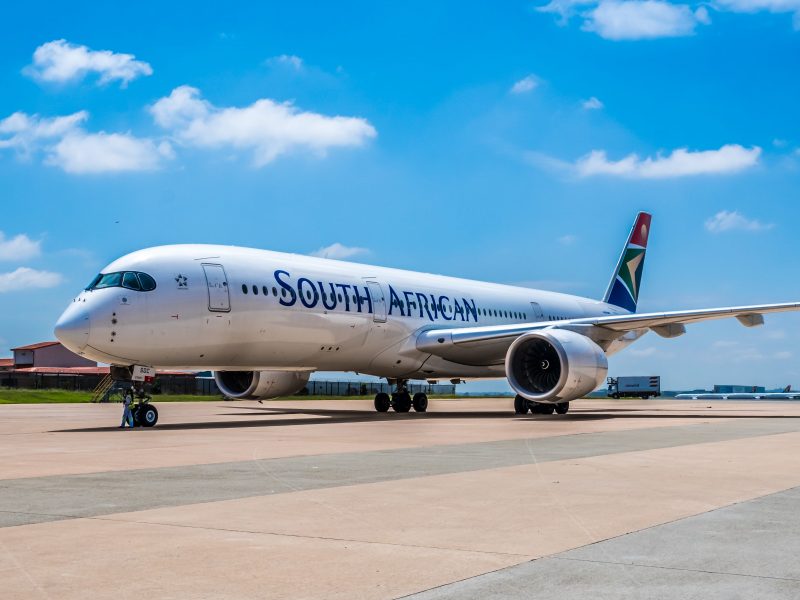
Singapore Airlines...
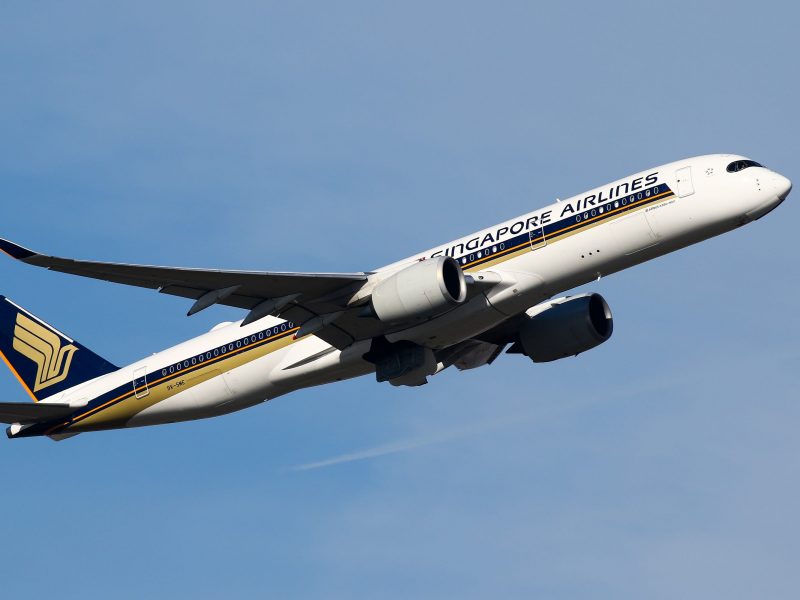
And Qatar Airways.
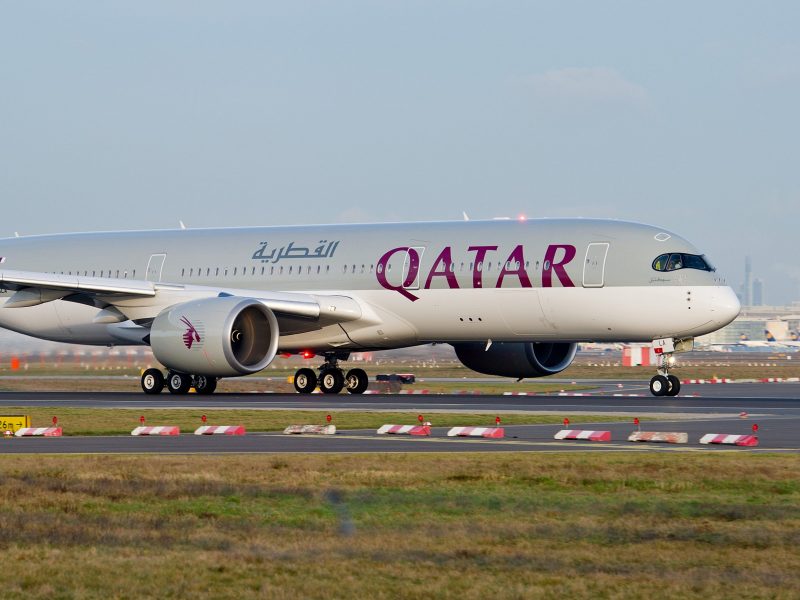
The manufacturer has been moving full-steam ahead with automated tech not only in the passenger realm but also in its military division.
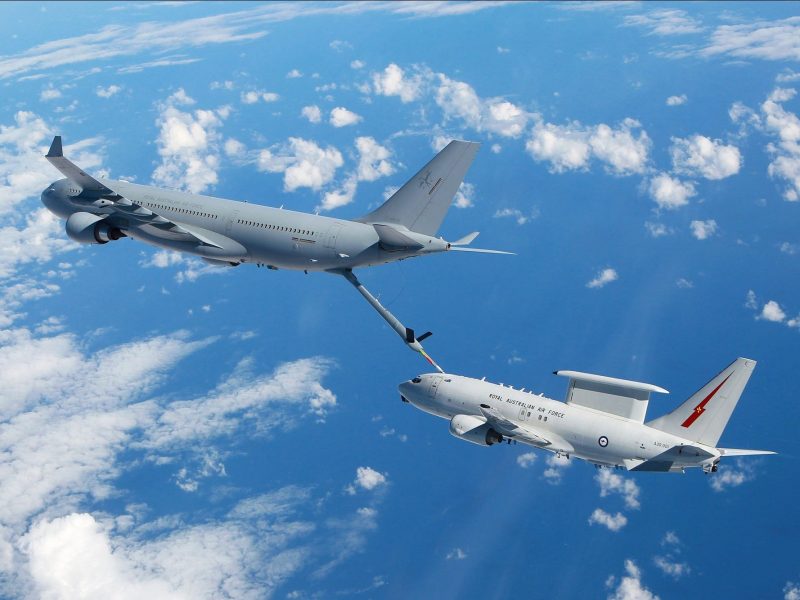
An Airbus A310 MRTT completed an automated air-to-air refuel in April over the Atlantic, the first aircraft to do so.
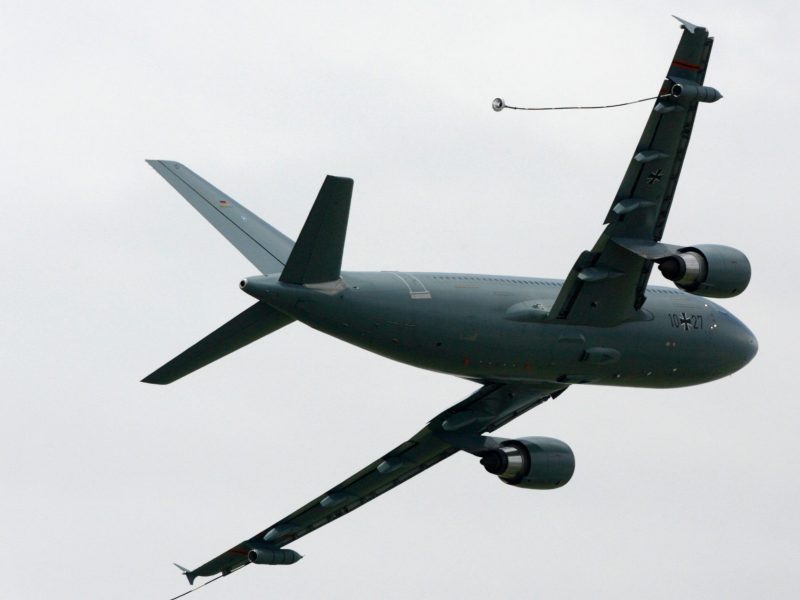
It was a major blow to the Boeing KC-46 Pegasus, which the US government chose of the Airbus A330 MRTT as the Air Force's next refueler.
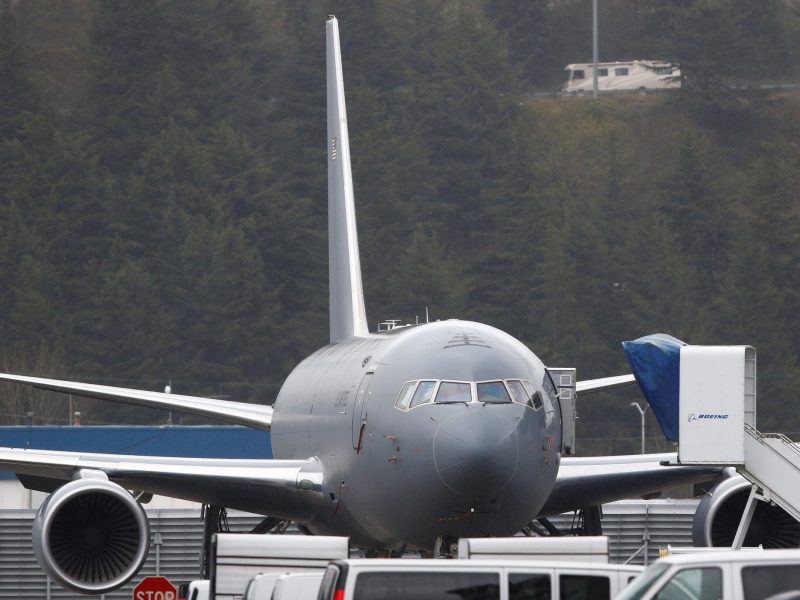
For its passenger jets, though, Airbus states the tech won't replace pilots in the cockpit but will make flying safer by helping reduce workload.
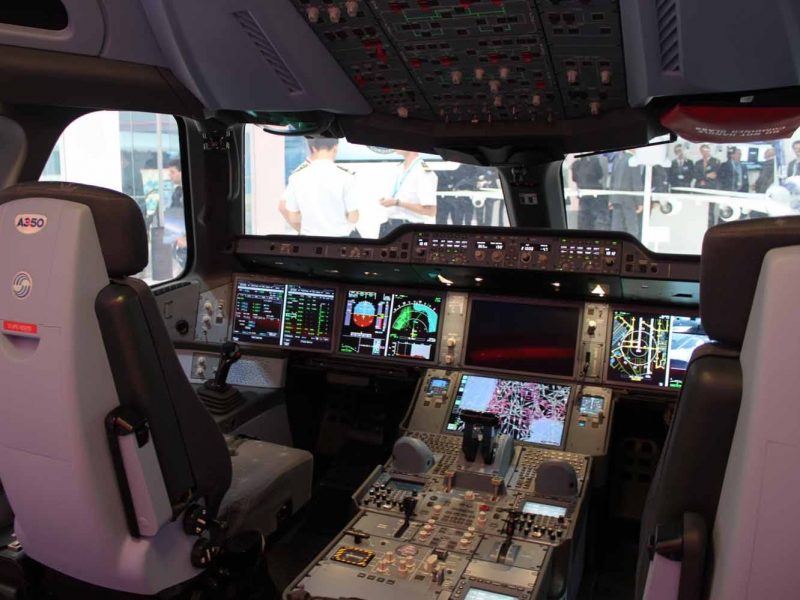
Source: Airbus
When the test had its first milestone, the airline industry was facing a pilot shortage.
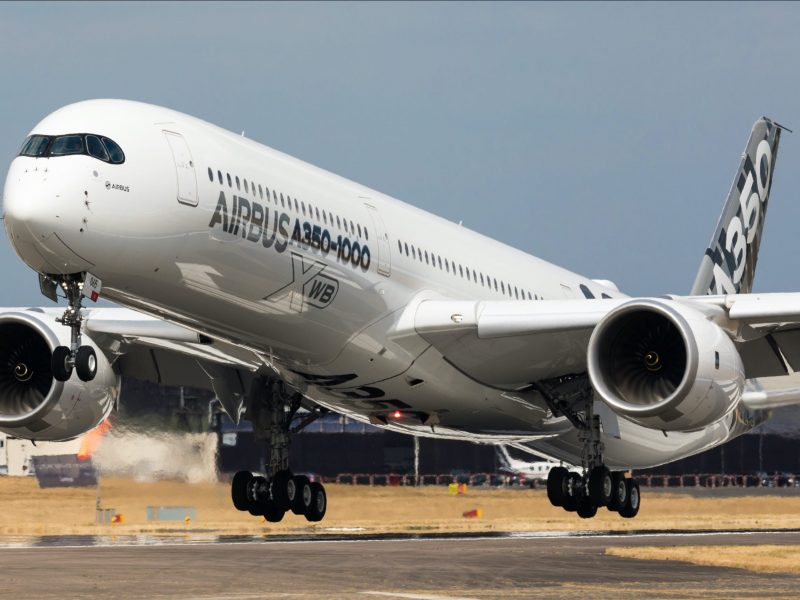
Now, airlines are finding themselves with too many pilots as fewer flights are being flown due to the pandemic.
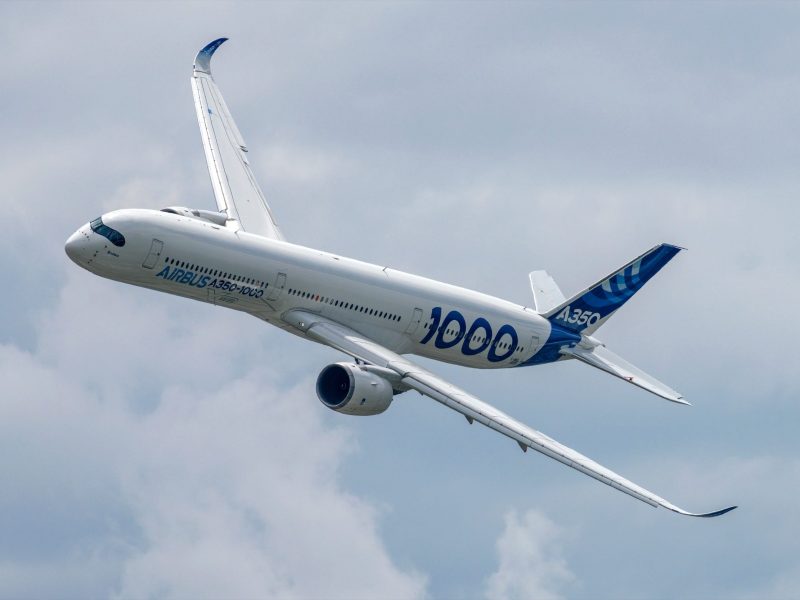
"For autonomous technologies to improve flight operations and overall aircraft performance, pilots will remain at the heart of operations," Airbus said in a press release.
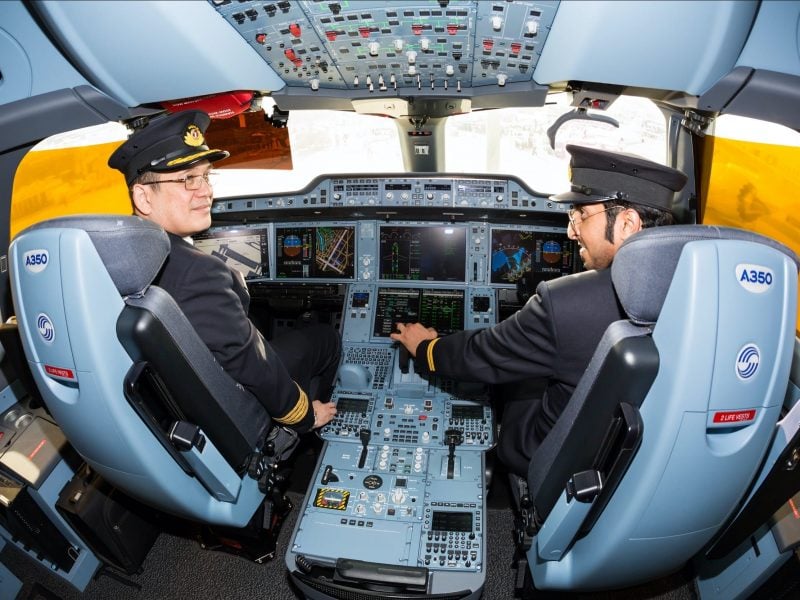
Source: Airbus

